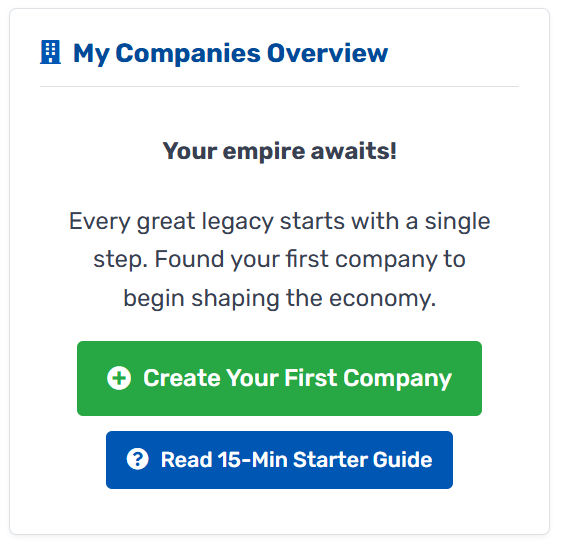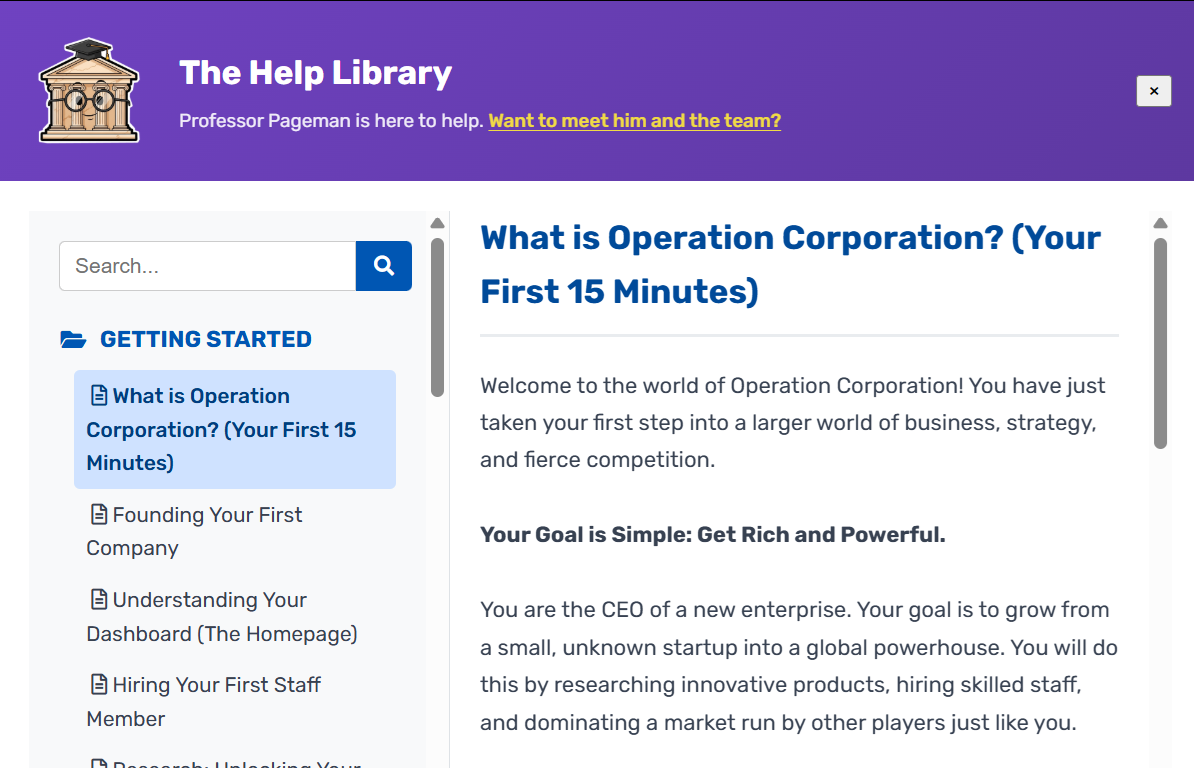Operation Corporation
# Heading 1 Case Study: A Concurrent PBBG in Go An in-depth look at the backend architecture and system design of the browser-based game, Operation Corporation.
Heading 2
The primary goal was to design and build a fully-featured, persistent browser-based game from the ground up. The core requirements included a secure multi-user authentication system, a concurrent game engine to handle timed events without blocking user interaction, and a complex, transaction-based database schema to maintain the integrity of the in-game economy.
Heading 2
- List Item Concurrent Game Engine: Leveraging Go's native goroutines and tickers, background tasks handle hourly chart updates, daily events, and nightly processing concurrently, ensuring a seamless user experience.
- List Item Structured Application Core: Organized with a centralized config, distinct models, and handlers managed by a robust middleware chain (logging, recovery, CSRF, authentication) for high maintainability.
- List Item Data Persistence & Integrity: A meticulously planned MySQL schema underpins the game world, ensuring data integrity via transactions for all state-changing operations and performance through strategic indexing.
Heading 2
- List Item Go (Golang): The core language for the entire backend, chosen for performance and powerful concurrency.
- List Item MySQL: The relational database for storing all persistent game state.
- List Item Native
net/http: Used for building the web server without the overhead of a large framework, demonstrating a deep understanding of Go's standard library. - List Item Security Libraries:
bcryptfor industry-standard password hashing andjustinas/nosurffor CSRF protection on all state-changing POST requests. - List Item Gorilla/Sessions: For secure, encrypted,
HttpOnlycookie-based session management. - List Item Deployment: Managed via Git/SSH on a Linux VPS, served securely behind an Apache reverse proxy with free TLS certificates from Let's Encrypt.


